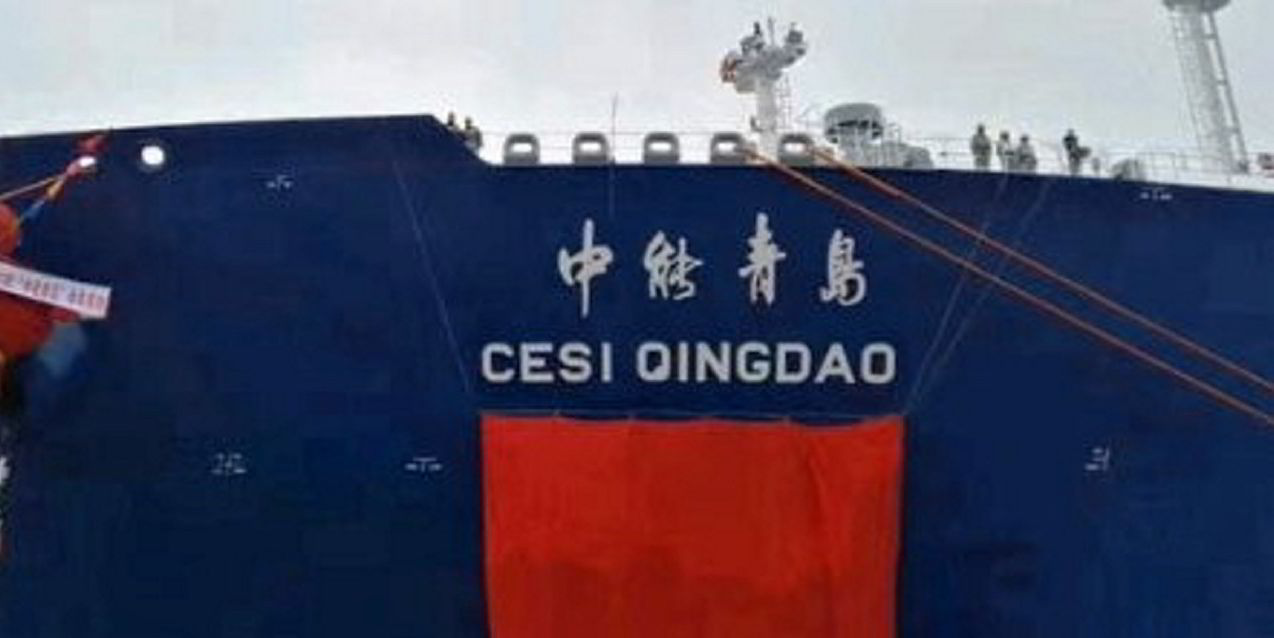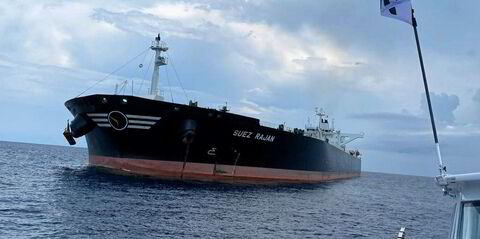Shipments from Australia Pacific LNG (APLNG) look set to return to normal after a vessel that was stranded alongside due to lost power was moved.
The 174,300-dwt CESI Qingdao (built 2017) was loading a cargo when it broke down on 22 November, leaving it stuck at the Curtis Island Terminal off Australia’s eastern coast.
APLNG, which has a capacity of 9m tonnes per annum of LNG, can take only one vessel at a time and on average loads one tanker every three days.
APLNG is a joint venture between ConocoPhillips, Origin Energy and Chinese energy giant Sinopec. Its main customers are Sinopec and Japan’s Kansai Electric.
Origin Energy confirmed on Friday that the CESI Qingdao had now departed.
An operation to move it to safe anchorage for further repairs was led by Gladstone Ports and Maritime Safety Queensland in conjunction with the Australian Maritime Safety Authority.
Manager China Energy Ship Management earlier confirmed that the vessel experienced a propulsion failure while at the berth on 22 November.
A spokesperson told Reuters: “The root cause of the incident is unknown and will be fully investigated.”
China Energy Ship Management, ConocoPhillips and Origin did not say who owned the cargo on board.
The downstream operator of APLNG, ConocoPhillips, is said to be working to return the facility to normal operations to allow cargoes to recommence.
Origin, as the upstream operator, said it will begin ramping up production to return the flow of gas to the facility to normal levels.
Three LNG cargoes were unable to be loaded during this event.
Origin had earlier said that more cargoes could be deferred as a result of the incident, as the stricken vessel was blocking other tankers from entering the facility.




